Update on 10 nov 2019:
There is now a way to use Tensorflow 2 in SageMaker, event though there is no shortcut to start TF 2 directly from SageMaker console.
Start a conda Python3 Kernel
Make some updates (one in each code cell):
!pip install --upgrade pip # pip 19.0 or higher is required for TF 2
!pip install --upgrade setuptools # Otherwise you'll get annoying warnings about bad installs
- Install Tensorflow 2
!pip install --user --upgrade tensorflow
Given the doc, this will install in $HOME.
Nota:
If you are using a GPU based instance of SageMaker, replace tensorflow by tensorflow-gpu.
You now can use TF 2 in your instance. This only needs to be done once, as long as the instance remains up.
To test, just run in the next cell:
import tensorflow as tf
print(tf.__version__)
You should see 2.0.0 or higher.

